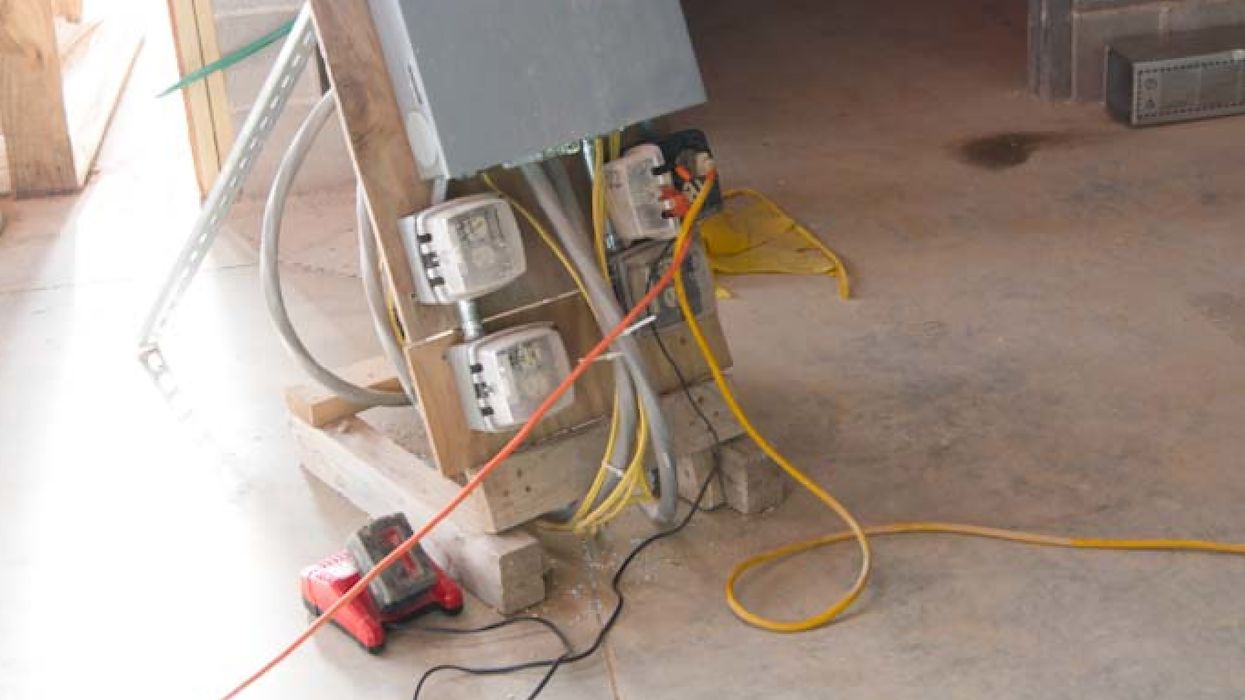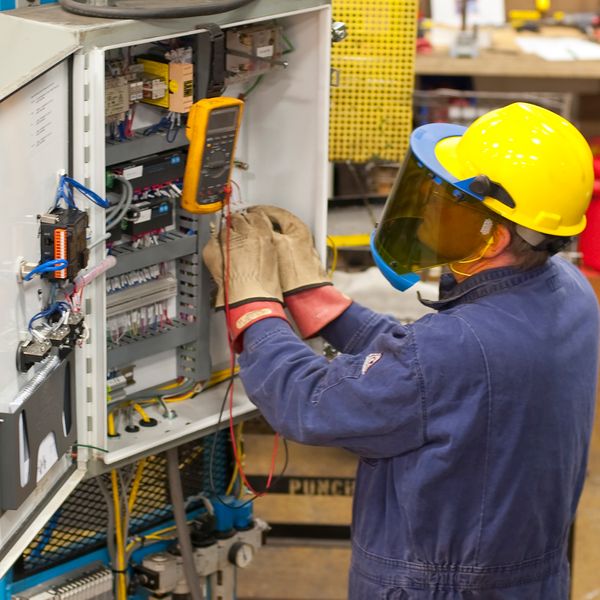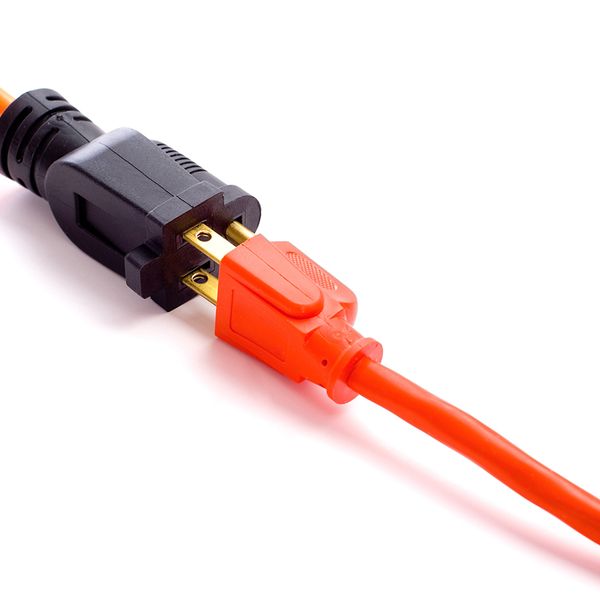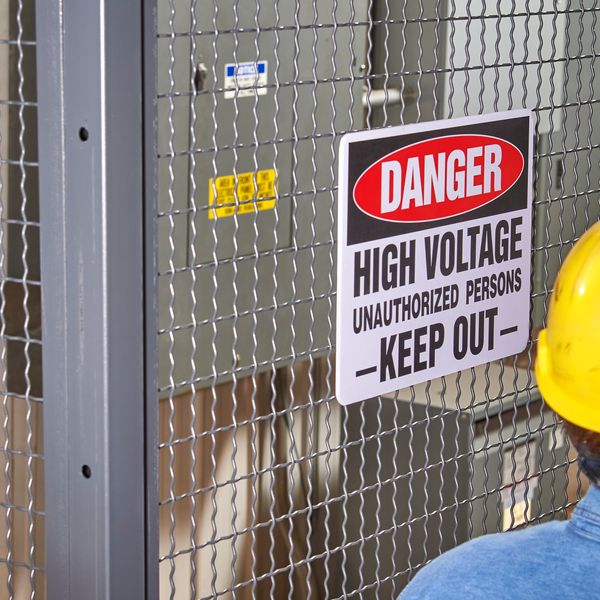Protect workers from electric shock hazards
Sometimes a worker’s body unintentionally becomes part of an electric circuit, causing electricity to flow between body parts or through the body to a ground. An electric shock can cause anything from a slight tingling sensation to immediate cardiac arrest. The severity depends on the amount of current, the current’s path through the body, the length of time the body remains in the circuit, and the current’s frequency.
Effects of shock
Burns are the most common injury. They occur when electric current flows through tissues or bone, generating heat. A severe shock can damage blood vessels, nerves, and muscles that won’t be visible. Anyone who receives a shock should seek emergency medical help immediately.
A shock may cause the muscles to contract, preventing the person from pulling free of the circuit. This increases the length of exposure, creating a greater risk of serious injury. Longer exposures at even low voltages can be just as dangerous as short exposures at higher voltages. Low voltage does not imply low hazard.
If a person is “frozen” to a live electrical contact, shut off the current immediately. If this is not possible, use boards, poles, or sticks made of wood or any other nonconducting materials and push or pull the person away from the contact. It’s important to act quickly, but remember to protect yourself as well from electrocution or shock.
Protecting workers
Protective measures include using insulation, guarding, grounding, electrical protective devices, and safe work practices.
- Guarding involves enclosing electric equipment to prevent contact. Signs must be posted to warn of hazard such as “Danger/High Voltage/Keep Out.”
- Grounding involves creating a low-resistance path to the earth. It reduces the risk of shock, especially when used with other safety measures. An equipment ground helps protect the operator by providing a path for the current to pass from the tool or machine to the ground.
- Circuit protection devices limit or stop the flow of current automatically in the event of a ground fault, overload, or short circuit in the wiring system. Examples include fuses, circuit breakers, ground-fault circuit interrupters (GFCIs), and arc-fault circuit interrupters. GFCIs, are used in wet locations, construction sites, and other high-risk areas. They interrupt the flow of electricity to prevent electrocution.
Employees who work directly with electricity should use the personal protective equipment required for the jobs they perform. This may include rubber insulating gloves, hoods, sleeves, matting, blankets, line hose, and protective helmets designed to reduce electric shock hazard. All help reduce the risk of electrical accidents.
Appropriate and properly maintained tools help protect workers as well. Workers should check each tool before using it. If they find a defect, they should immediately remove the tool from service and tag it so no one will use it until it has been repaired or replaced.
Training
Train all employees in the safety procedures for their particular jobs. When working on electrical equipment, basic procedures to follow include:
- Deenergizing the equipment,
- Using lockout/tagout to ensure the equipment remains deenergized,
- Using insulating protective equipment, and
- Maintaining a safe distance from energized parts.
In short, preventing electric shock requires training on the hazards, safe work practices, and protections implemented.
Key to remember: Any worker using power tools or similar equipment could be at risk of electric shock and should be trained in protective measures.


















































